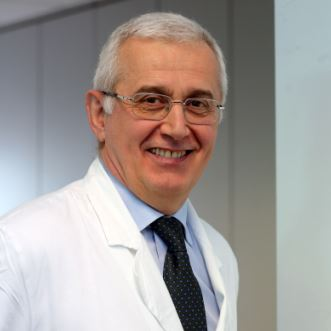Induced Pluripotent Stem Cells (IPSC) as a Disease Modeling and Drug Development Platform
A special issue of Cells (ISSN 2073-4409). This special issue belongs to the section "Stem Cells".
Deadline for manuscript submissions: closed (31 December 2021) | Viewed by 121484
Special Issue Editor
Special Issue Information
Dear Colleagues,
The development of the induced pluripotent stem cells (iPSCs) technology has opened new horizons in the field of regenerative medicine and in disease modeling. Although the knowledge of cellular and molecular mechanisms is constantly increasing, the use of these cells in regenerative medicine is limited lacking evidence in safety and efficacy. On the other hand, iPSCs are currently used as a valuable tool in preclinical disease modeling, allowing generating patient specific study systems. In particular, in the last five years iPSCs have been used to investigate the pathogenesis of many neurodegenerative disorders, onco-hematology disease and, above all, to test the efficacy of many drugs. From a technical point of view, although the maintenance of iPSC in culture is nowadays a well-established knowledge, the efficiency of differentiation protocols versus different lineages needs further improvement. Recent advances in genome editing allowed inducing different mutations or reverting the pathological phenotype also in iPSC, providing a unique tool to study in-vitro the etiology of different diseases and to test the effect of new target drugs. This evolving scenario is extremely consistent with the era of personalized medicine we are living and pave the way to novel challenging insights in the field of cellular biology.
Prof. Dr. Andrea Pession
Guest Editor
Manuscript Submission Information
Manuscripts should be submitted online at www.mdpi.com by registering and logging in to this website. Once you are registered, click here to go to the submission form. Manuscripts can be submitted until the deadline. All submissions that pass pre-check are peer-reviewed. Accepted papers will be published continuously in the journal (as soon as accepted) and will be listed together on the special issue website. Research articles, review articles as well as short communications are invited. For planned papers, a title and short abstract (about 100 words) can be sent to the Editorial Office for announcement on this website.
Submitted manuscripts should not have been published previously, nor be under consideration for publication elsewhere (except conference proceedings papers). All manuscripts are thoroughly refereed through a single-blind peer-review process. A guide for authors and other relevant information for submission of manuscripts is available on the Instructions for Authors page. Cells is an international peer-reviewed open access semimonthly journal published by MDPI.
Please visit the Instructions for Authors page before submitting a manuscript. The Article Processing Charge (APC) for publication in this open access journal is 2700 CHF (Swiss Francs). Submitted papers should be well formatted and use good English. Authors may use MDPI's English editing service prior to publication or during author revisions.
Keywords
- iPSC
- genome editing
- disease modeling
- drug testing
- cell differentiation






